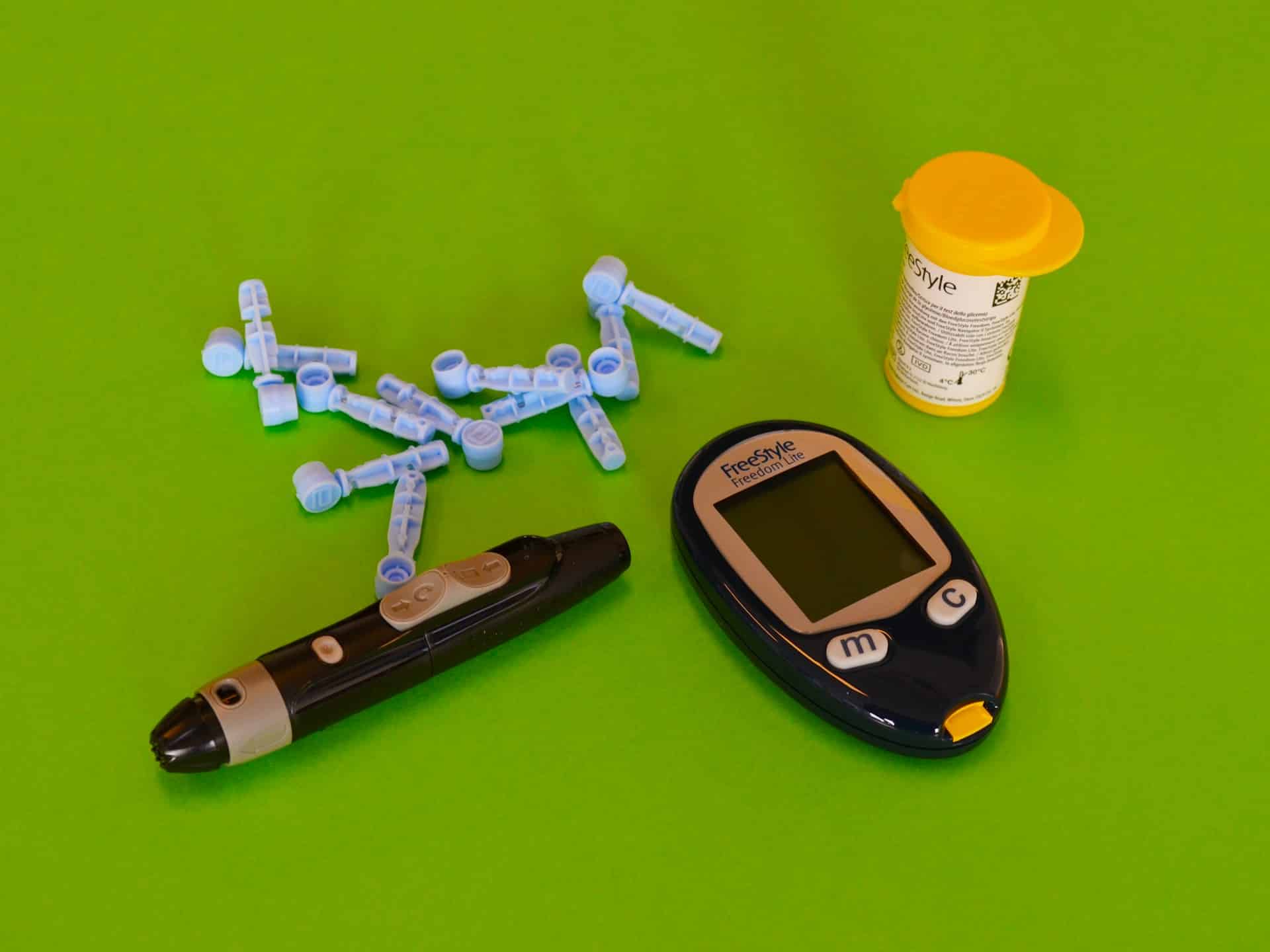The future of health monitoring is not restricted to the constraints of traditional medicine but is evolving to incorporate advanced technology. One such advancement making waves in the health sector is the smart contact lens. These tech-laden lenses aim to revolutionize glucose monitoring for diabetes patients, representing a novel intersection of optometry and technology. Not only are these lenses designed for correcting vision, but they are also equipped with sensors to monitor the wearer’s health. In this article, we will delve into the details of the ongoing advancements in smart lens technology for glucose monitoring.
The Concept of Smart Lenses
The term ‘smart lenses’ might sound like something straight out of a science fiction novel; however, they are a reality in our tech-driven world. In essence, contact lenses are no longer solely about enhancing sight, but are now being designed to house miniaturized sensors and wireless technology. These could potentially serve as a means of continuously monitoring physiological parameters, such as intraocular pressure (IOP) or glucose levels.
En parallèle : What’s the Role of AI in Customizing E-Learning Platforms for Disabled Students?
These smart lenses are an amalgamation of sensors, electronics, and specially designed hydrogel lenses to facilitate real-time health monitoring. The sensors embedded in the lenses can detect changes in tear fluid composition, which can reflect the wearer’s systemic health. For instance, fluctuations in tear glucose levels could indicate unstable blood glucose levels in diabetics.
Google’s Vision: A Smart Lens for Diabetes
Internet giant Google, known for its innovation in technology, has taken a keen interest in the development of a smart contact lens for diabetes management. The project is spearheaded by the Google X research division, which focuses on creating technological solutions for global issues. Their smart lens project aims to help the nearly half a billion people living with diabetes worldwide.
Dans le meme genre : Can AI Algorithms Accurately Predict Solar Flare Activity for Better Space Weather Forecasts?
Google’s smart lens intends to continuously monitor glucose levels in tears using a tiny wireless chip and a miniaturized glucose sensor embedded between two layers of the contact lens material. The sensor can read glucose levels once every second. The wireless chip, then, transmits this data to a mobile device, enabling the wearer and their healthcare providers to monitor glucose levels in real-time and take action as necessary.
The Potential of Smart Lenses in Glaucoma Management
The use of smart contact lenses isn’t limited to diabetes management. They have potential applications in the management of other conditions, such as glaucoma, a disease characterized by increased intraocular pressure (IOP) that can lead to optic nerve damage and vision loss.
Smart lenses can be used to monitor IOP levels continuously, providing comprehensive, round-the-clock data rather than episodic measurements during clinic visits. This continuous monitoring can help healthcare providers better understand disease progression and adjust treatment plans more accurately and promptly.
The Role of Hydrogel in Smart Lens Development
Hydrogels play a crucial role in the development of smart lenses. They are water-loving polymers that can retain a significant amount of water, making them ideal for contact lens applications. Hydrogel lenses are comfortable to wear and allow oxygen to reach the cornea, reducing the risk of eye infections and corneal swelling.
In the context of smart lenses, hydrogels serve a dual purpose. They provide a comfortable and safe platform for the contact lens while also acting as a medium for the embedded sensors. Hydrogel contact lenses can maintain their shape and clarity even with the addition of miniaturized electronic components, making them the material of choice for smart lens development.
Challenges and Future Directions in Smart Lens Development
Despite the exciting potential of smart contact lenses, several challenges need to be addressed. One of the main concerns is the comfort and safety of the wearer. The incorporation of electronic components into a contact lens must not compromise its comfort or risk damaging the eye. Additionally, there are challenges related to the accuracy of sensors, battery life, and wireless data transmission.
Moreover, there are regulatory hurdles to overcome. Since this is a novel technology combining medical devices and drugs, it falls under the jurisdiction of both the drug and the device divisions of regulatory bodies, such as the FDA. Consequently, the approval process can be complex and lengthy.
Despite these challenges, the future of smart contact lenses looks promising. With ongoing research and development, these lenses may soon become an integral part of our healthcare system, enabling real-time, non-invasive monitoring of various health parameters. This technology holds the potential to significantly improve disease management and the quality of life for individuals living with conditions like diabetes and glaucoma.
Intersection of Smart Contact Lenses and Drug Delivery Systems
One of the most exciting developments in smart contact lens technology is the fusion with drug delivery systems. This is an area of considerable potential, especially for conditions requiring regular medication administration, such as glaucoma or chronic dry eye. A smart contact lens equipped with a drug delivery system can provide a controlled, sustained release of medication directly to the eye, enhancing the effectiveness of treatment and improving patient compliance.
One such example is the temperature-responsive hydrogel smart contact lens. This lens can increase or decrease drug delivery rates based on the change in body temperature, allowing for a more personalized treatment approach. The lens is incorporated with thermoresponsive polymers that shrink or swell with temperature changes, thus controlling the amount of drug released.
The use of nanotechnology has also been explored in drug delivery via smart contact lenses. These lenses can house nanoparticles loaded with medication, which can be released in response to specific triggers, such as changes in pH, light, or the presence of certain enzymes associated with disease conditions.
However, the integration of a drug delivery system within a contact lens poses several challenges. One is ensuring consistent and sufficient drug delivery over time. It also necessitates consideration of potential side effects that may occur due to higher drug concentrations in the eye. Additionally, the lens’s comfort, transparency, and oxygen permeability must not be compromised.
Nevertheless, the combination of a smart contact lens with a drug delivery system presents immense potential for revolutionizing the treatment and management of various eye conditions.
Conclusion: Future Perspective on Smart Contact Lens Development
The development of smart contact lenses signifies a significant stride towards a more integrated, personalized approach to health monitoring and disease management. These ‘intelligent’ lenses merge the fields of optometry, electronics, and biomedical engineering, offering an innovative solution for continuous, real-time monitoring of physiological parameters like glucose levels or intraocular pressure.
As research and development continue, smart lenses may further evolve to integrate features like drug delivery systems or augmented reality. This could potentially transform not only the medical field but also various industry sectors, from gaming to education.
Nevertheless, the road to commercializing smart contact lenses is not without its challenges. Balancing the integration of electronic components with user comfort, ensuring accurate and reliable sensor readings, and navigating complex regulatory pathways are key hurdles to overcome. Additionally, issues related to user privacy and data security must be addressed.
Despite these challenges, the prospect of smart contact lenses becoming an everyday reality is closer than ever before. The smart contact lens could soon be more than a vision enhancer – it could be a life-enhancer, bringing a new level of convenience, control, and care for our health and wellbeing.








